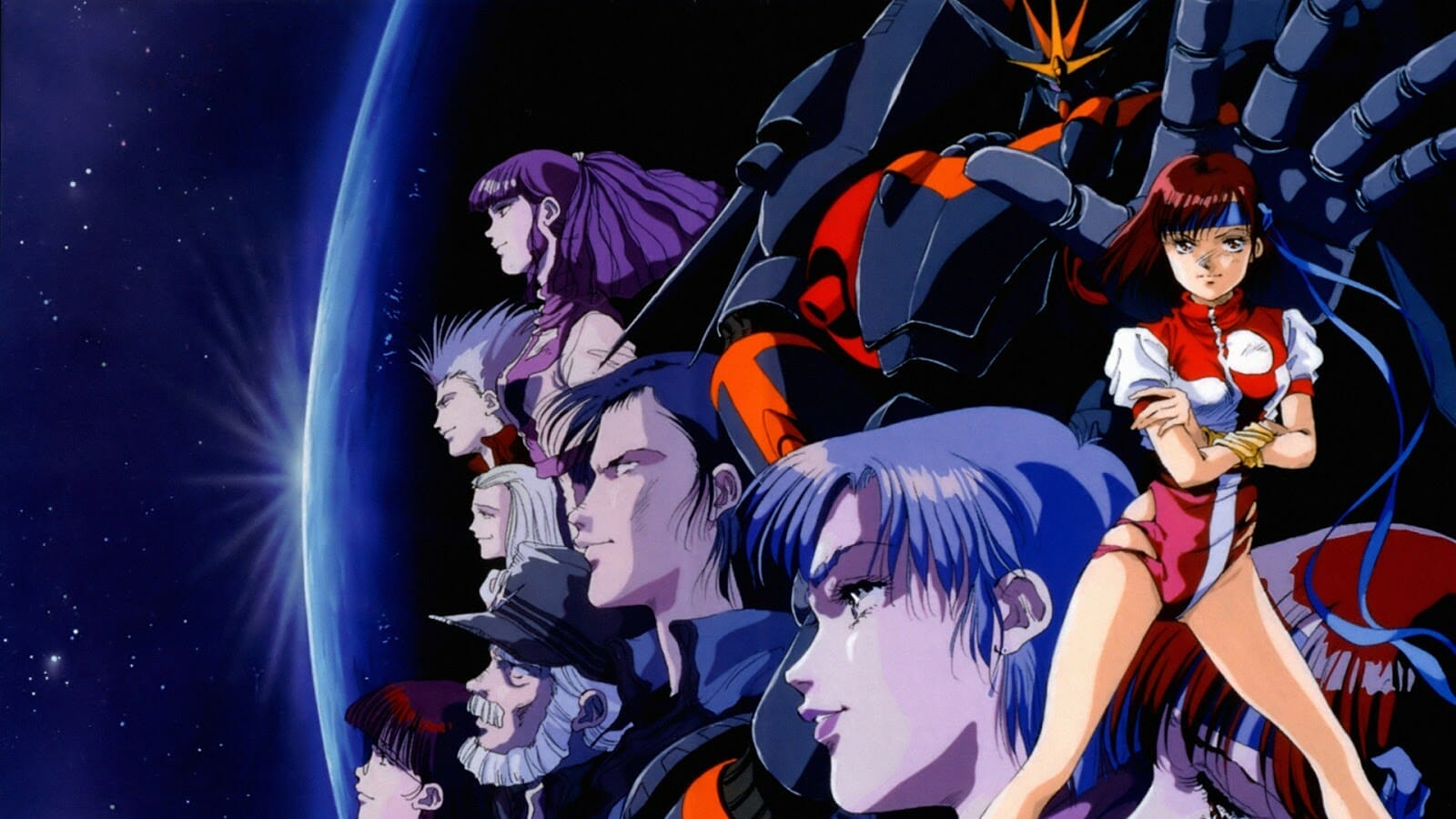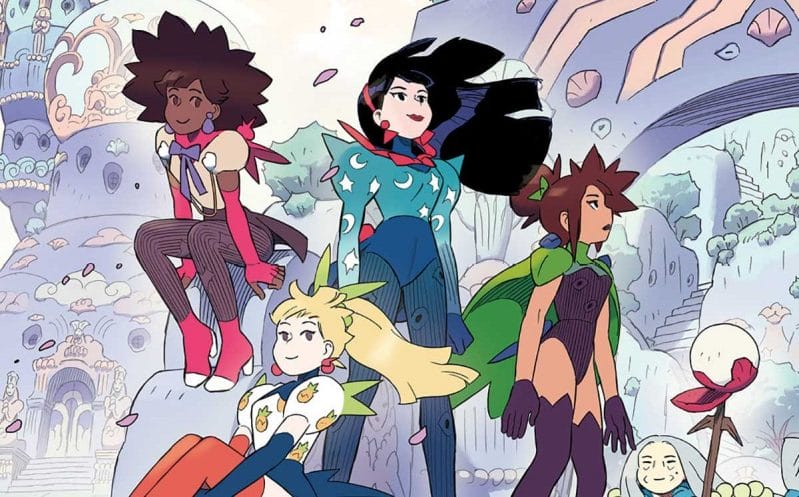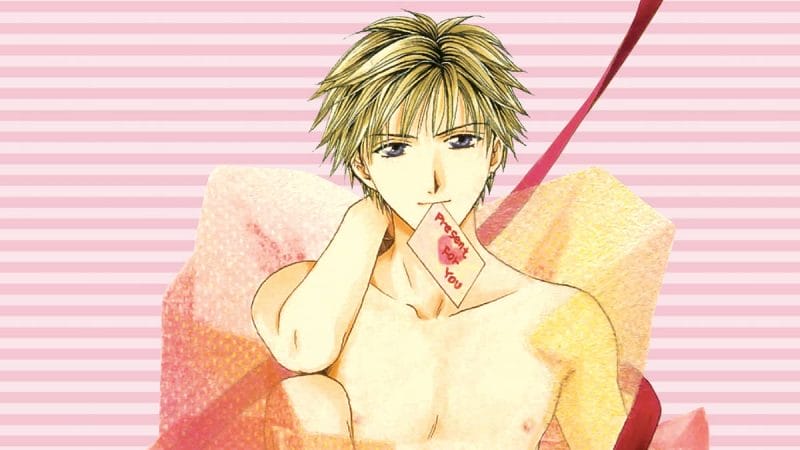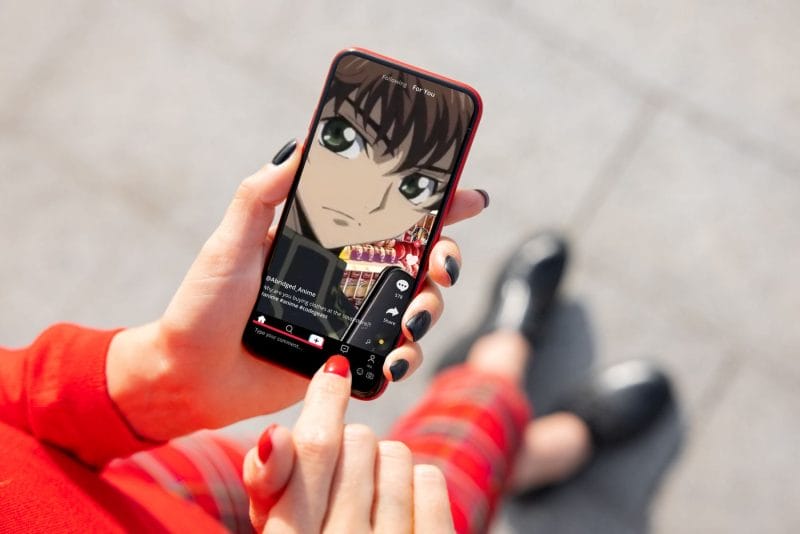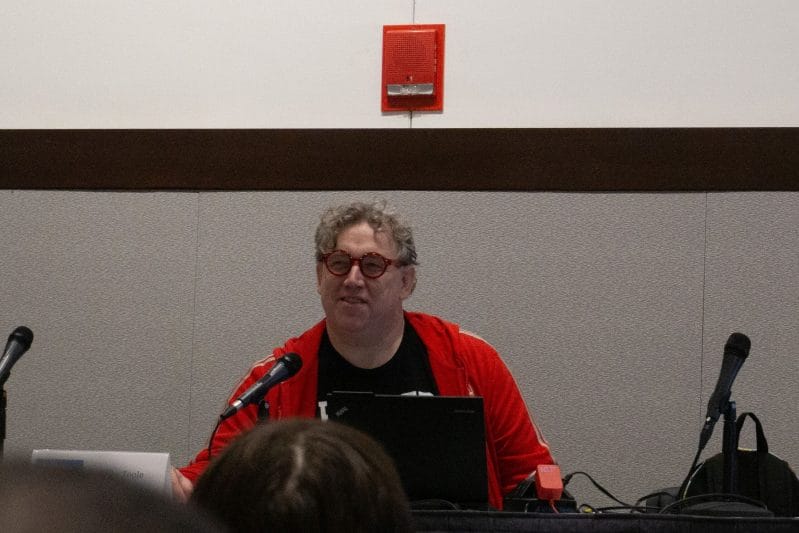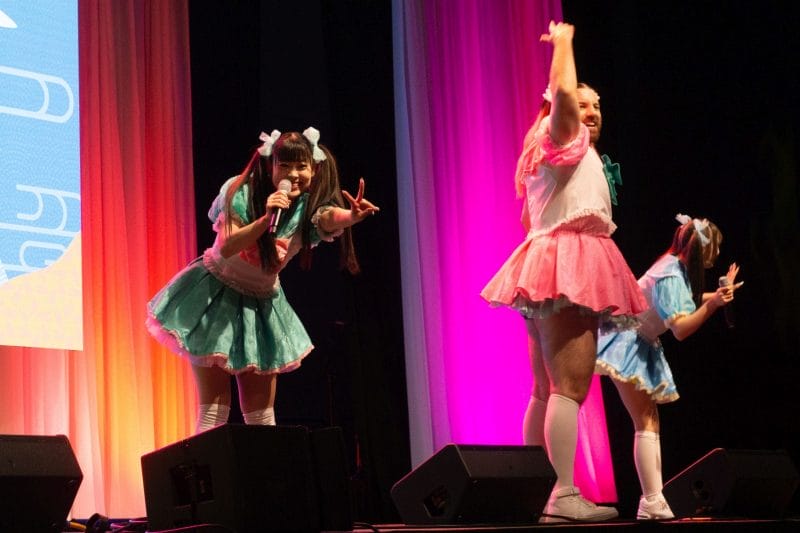Many anime fans are familiar with Gunbuster, and with good reason. Not only was this OVA the directorial debut of one Hideaki Anno, the man who would go on later to create one of the most successful anime series of all time, it was also a title that many feel was a foundational title in what we now consider modern otaku culture. A carefully crafted sci-fi story with cute girls and super robots, the series is a love letter to many things that the Gainax staff enjoyed. Being otaku themselves, the team packed Gunbuster with callbacks to the anime, manga, and tokusatsu shows they were fans of. But for years—and even to this day—many of those referential elements would go over the heads of North American viewers. Why? Well, to put it simply, we just didn’t have access to the things they were referencing in English.
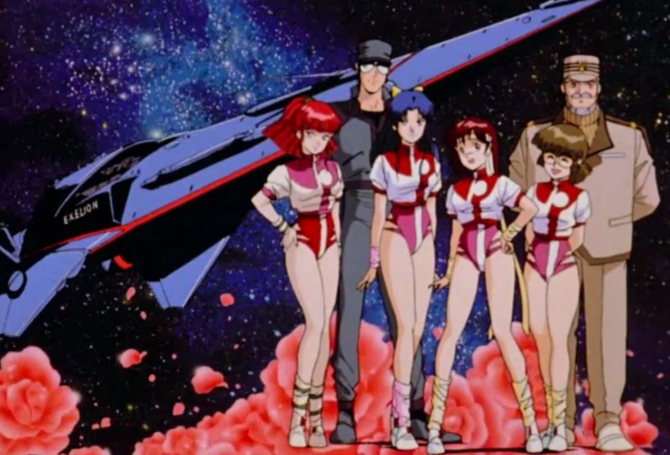
More than thirty years have passed since Gunbuster‘s debut, and the North American anime landscape has changed significantly. We’re finally starting to see releases of many classic anime, manga, and tokusatsu titles that fans once thought would never get an official western release. Slowly, the gaps in our collective knowledge of Japanese pop culture have been simultaneously filled and revealed, as many fans came to realize that there was still so much that’s never received a proper English-language release. Things that are considered by many otaku in Japan to be essential classics that are foundational to Japanese pop culture.
One of these classic titles, which was just one of the many influences for Gunbuster, is the 1973 shojo series Aim for The Ace!
Aim for the Ace! was originally a manga by Sumika Yamamoto that was published in shojo magazine Margaret. The series, which launched in January 1973, would go on to become one of the best-selling shojo manga of all time. The series was so popular that it quickly received an anime adaptation that would be well received not just by its target audience, but by the older viewers who would ultimately become what we consider the origins of the growing otaku subculture of the ‘70s & ‘80s. So it’s no wonder that, with its staggering influence on shojo, sports series, and even yuri, that many of the Gainax staffers were also fans.
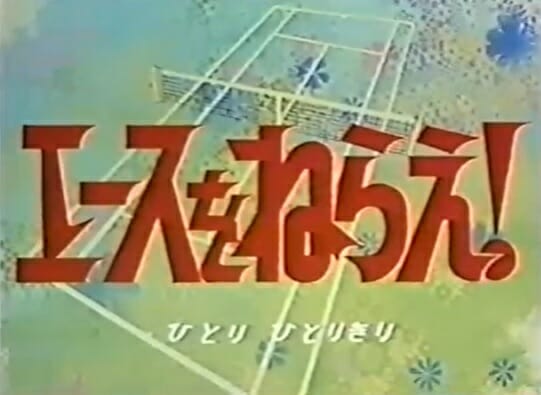
But to otaku in North America, where not many people have heard of Aim For The Ace!, let alone seen it, references to the show would fly completely over our heads. In fact, many fans’ initial exposure to Aim For The Ace! was the revelation that Gunbuster‘s official Japanese title, Aim For The Top!, was a nod to it (along with the American film Top Gun). That information doesn’t mean much to fans who weren’t familiar with it, though. By the time many North American fans saw Gunbuster, many of the elements it borrowed from Aim For The Ace! were so ingrained in the anime and manga that came after it, and they were regarded by English-speaking fans simply as common anime cliches.
“Most of the Japanese otaku who saw it are confused about whether it’s a parody, or whether it’s meant as serious,” admitted Gunbuster Scriptwriter and Gainax co-founder Toshio Okada, at one of his panels at Anime America ‘96 [1]. And it’s not hard to see why—the first episode of Gunbuster has many of the same emotional beats as the first episode of Aim for the Ace! A fresh-faced, starry-eyed 15-year-old who idolizes her popular and talented upperclassmen is working her hardest to become “worthy” of membership in one of the most prestigious organizations in her school. Flowery close-ups, shojo sparkles, vigorous training sequences, and a tough-as-nails coach are present in each, with Gunbuster heavily borrowing some of it’s visual flair from Aim for the Ace!’s direction by the legendary director Osamu Dezaki, a powerhouse of shojo adaptations. Kazumi Amano’s entire character seems inspired by Reika Ryuzaki—from being the beautiful, seemingly perfect senpai, to her iconic pulled-back-in-a-bow hairstyle.
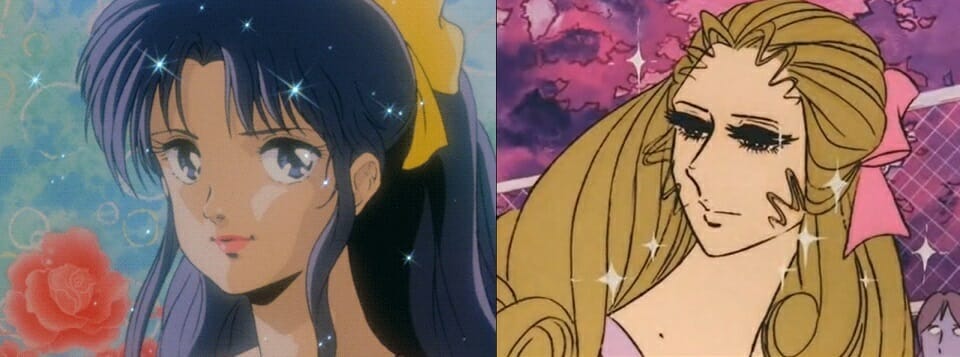
It wouldn’t be until the third episode of the Gunbuster OVA that the series pulled back a bit on its overt nods to Aim for the Ace!, though the character dynamics it pulled from the show would carry forth until the very end. Arguably the most famous of these dynamics is the relationship between Noriko and Kazami —one that’s clearly echoed between Hiromi and Reika’s connection in Aim for the Ace!. Hiromi idolizes and fawns over Reika constantly, frequently commenting on not only her talent, but her beauty. This portrayal of young longing and adoration between girls in Aim for the Ace! is often cited[2] as an early inspiration for what would later become very common conventions in the yuri (aka Girls Love) genre. While Gunbuster never went as far as to put their versions of Hiromi & Reika together romantically on screen, they portrayed Noriko and Kazami with a similarly deep and caring bond. This, in itself, could be seen as yet another instance of Gunbuster’s infamous “fanservice”.
Once you’ve seen Aim for the Ace!, the pieces start falling into place, and you immediately begin seeing exactly where a lot of its story elements came from. While Gunbuster references plenty of things that aren’t shojo (or even anime at all), its entire opening act and episode framework were clearly heavily inspired by one of the most successful shojo (and sports) anime titles of all time. It would be hard to imagine Gunbuster without the influence of Aim for the Ace! If you removed all of those pieces, you’d have a completely different anime that might not have reached the same level of otaku notoriety as it has now.
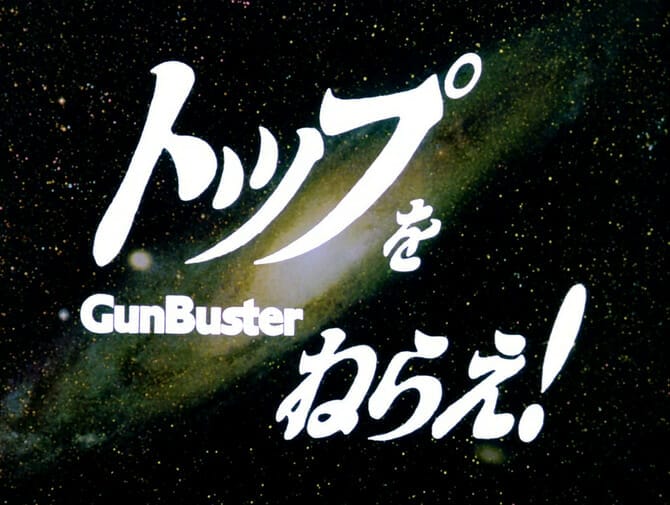
As of this writing, both the Aim for the Ace! anime and original manga are still, unfortunately, not officially available in English. Which is a shame: sports anime are more popular than ever, and as of today, Gunbuster is slated to get a Blu-Ray by Discotek Media, with its first-ever English dub. As influential as it’s been to the world of anime and otaku culture, it’s a bit sad that we still haven’t seen an official English release of Aim for the Ace! But thankfully, we’re currently seeing a boom in classic anime and manga titles finally getting official releases in English after 30, 40, even 50 years after their original Japanese releases. Hopefully, it’s just a matter of time until Aim for the Ace! can join them, and fans can get a better look at the iconic shojo series that continues to be reflected in the world of anime to this day.
[2] https://okazu.yuricon.com/2004/01/20/yuri-anime-aim-for-the-ace-ace-wo-nerae/


